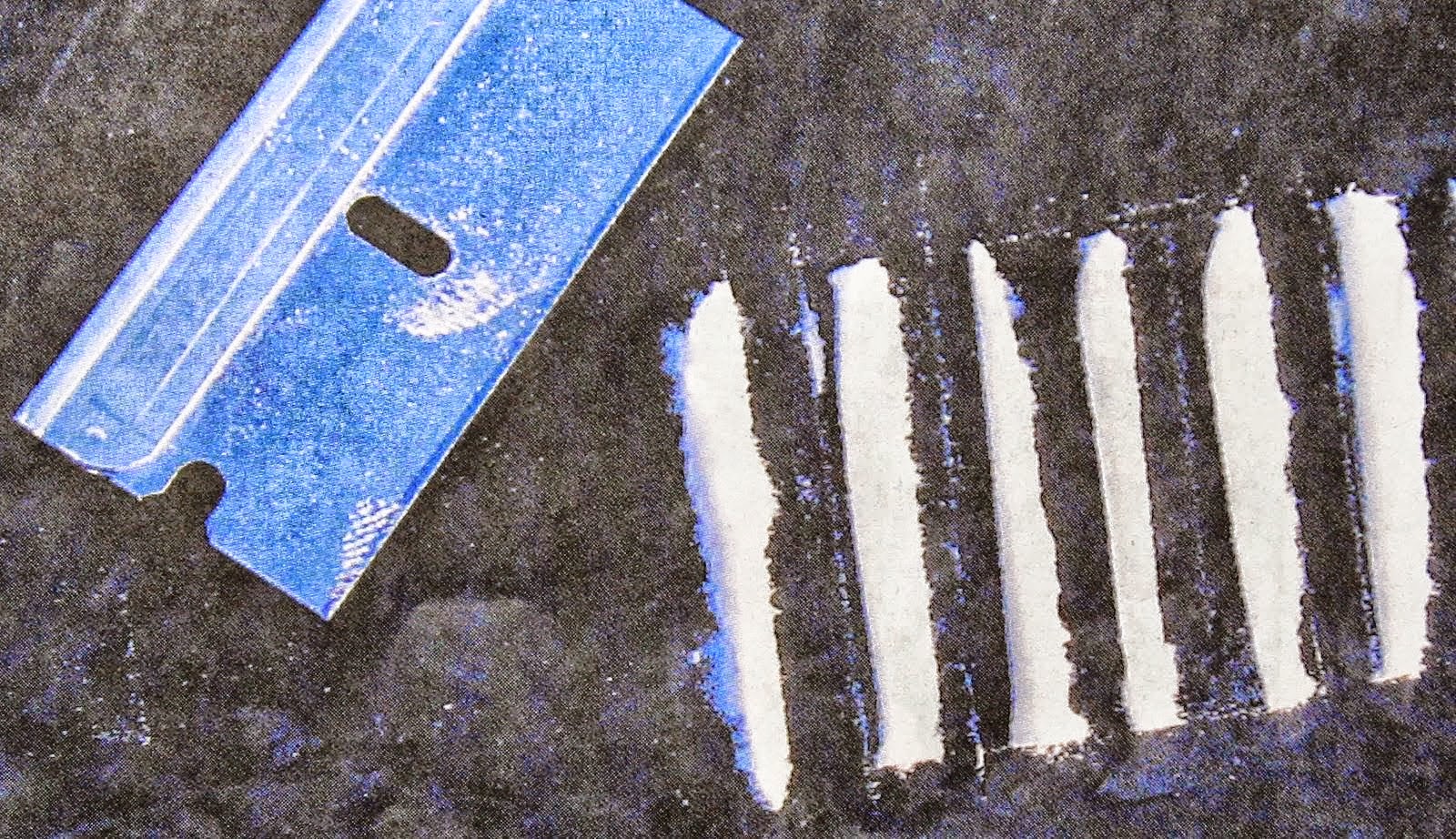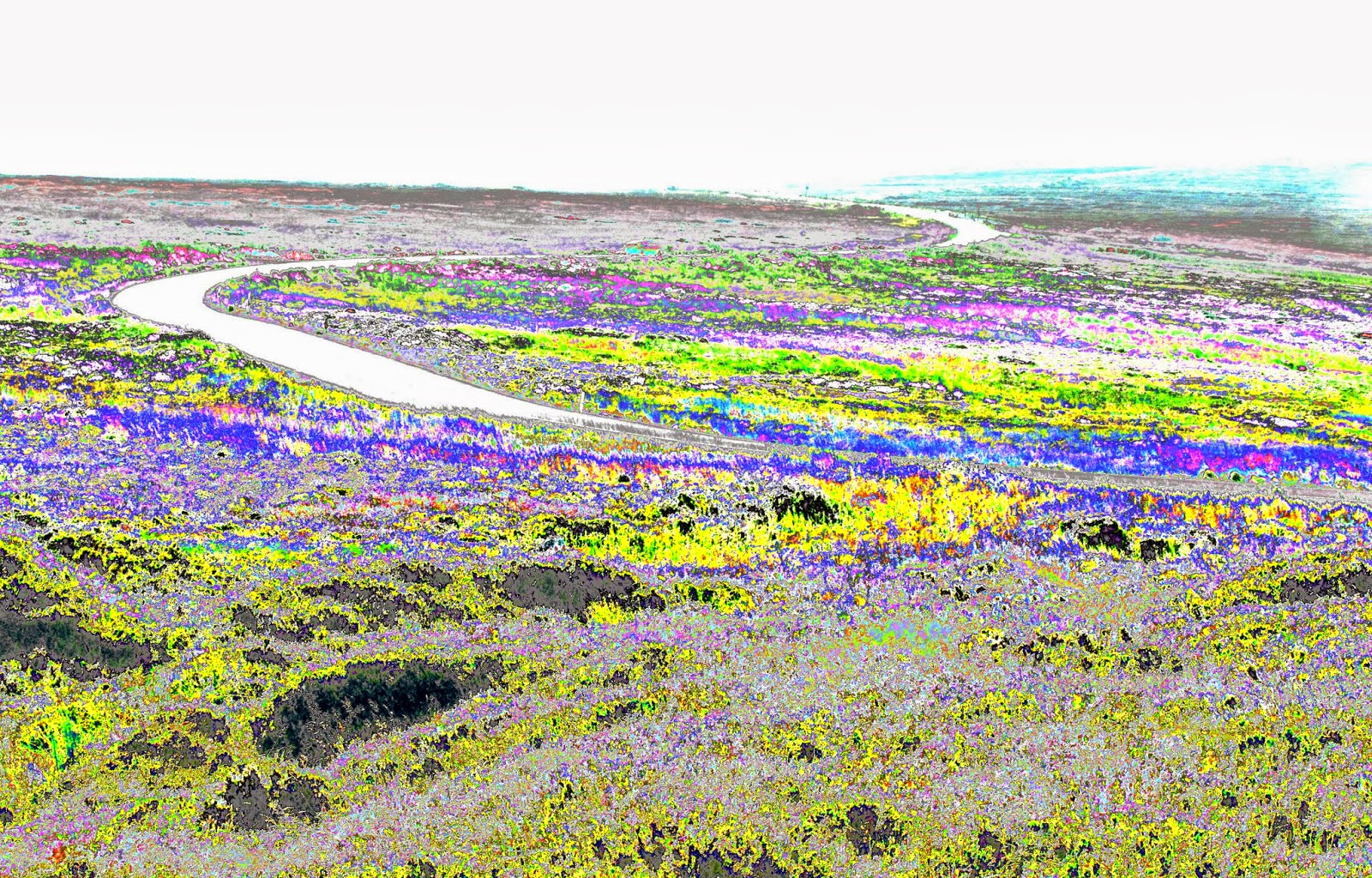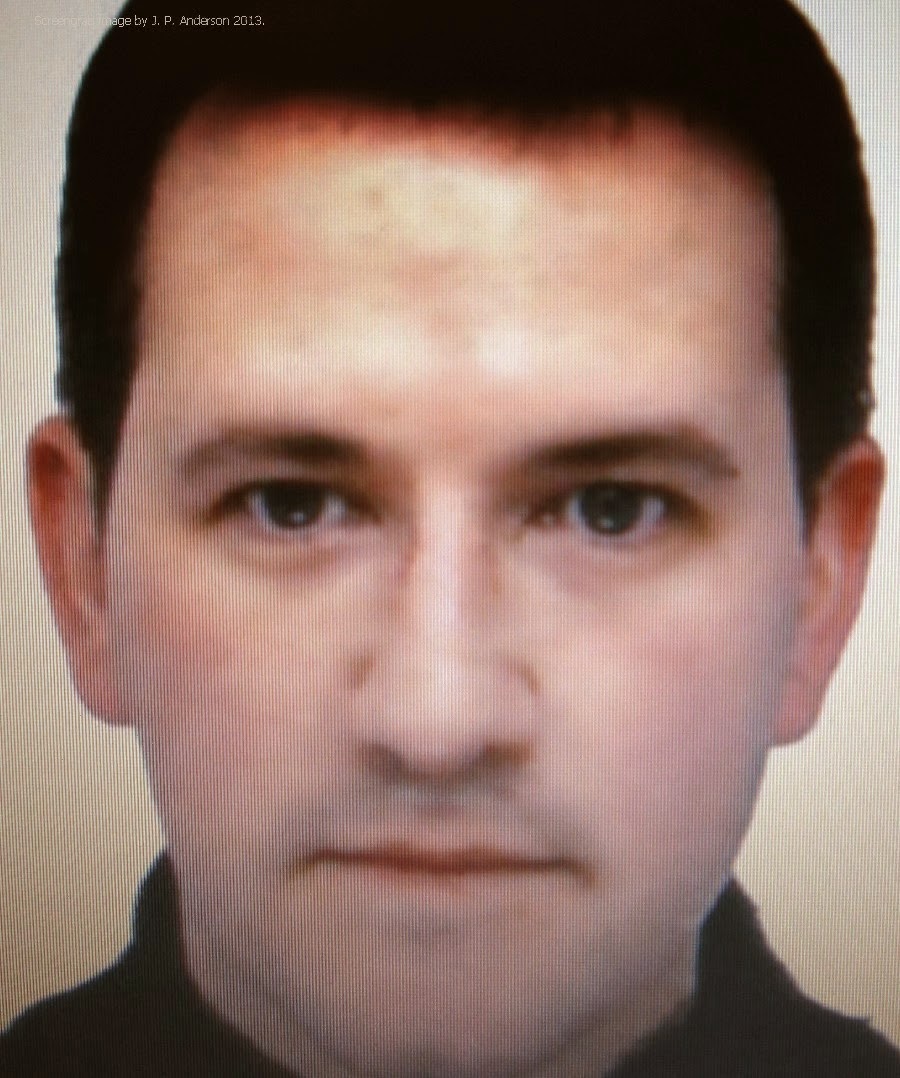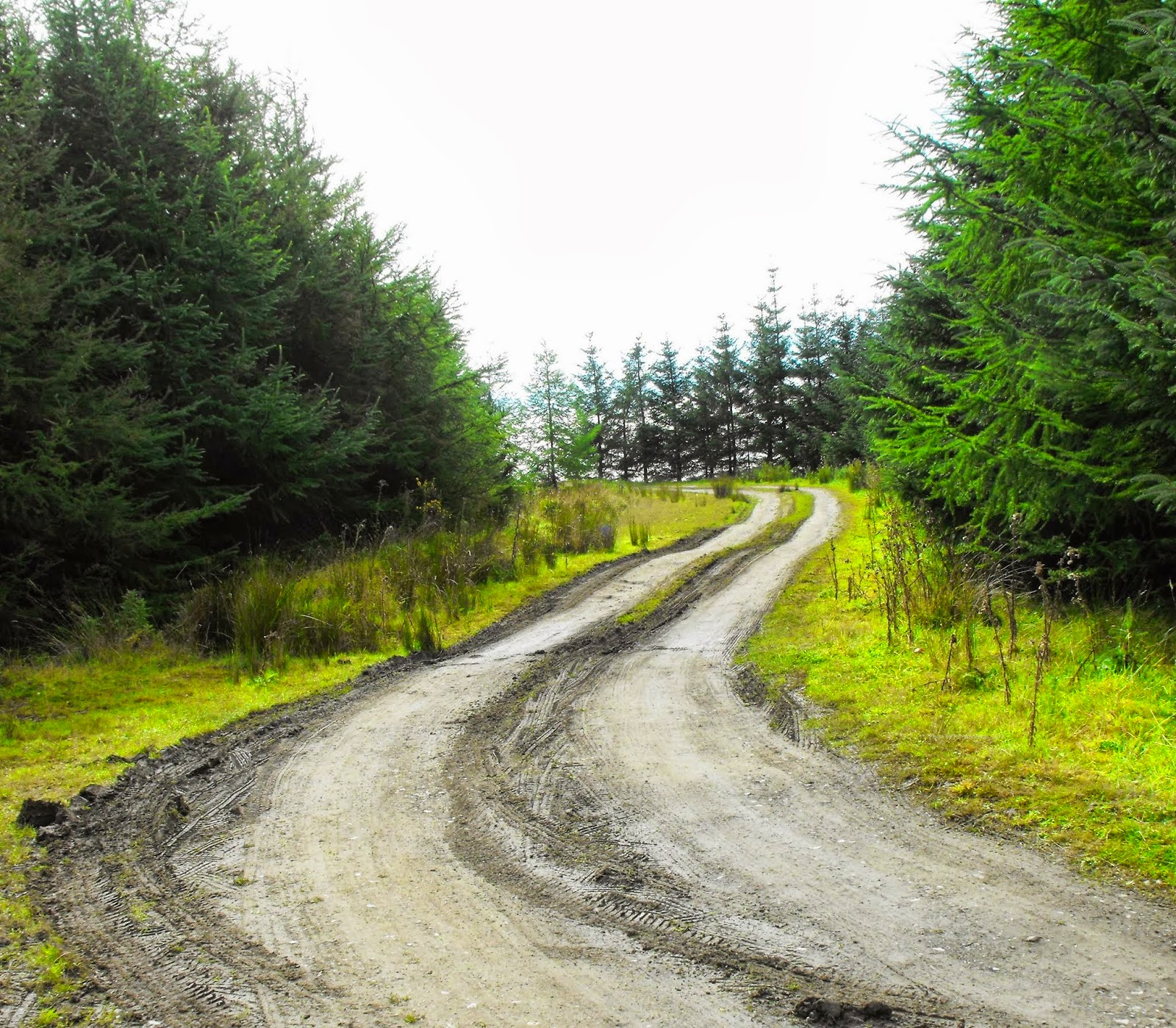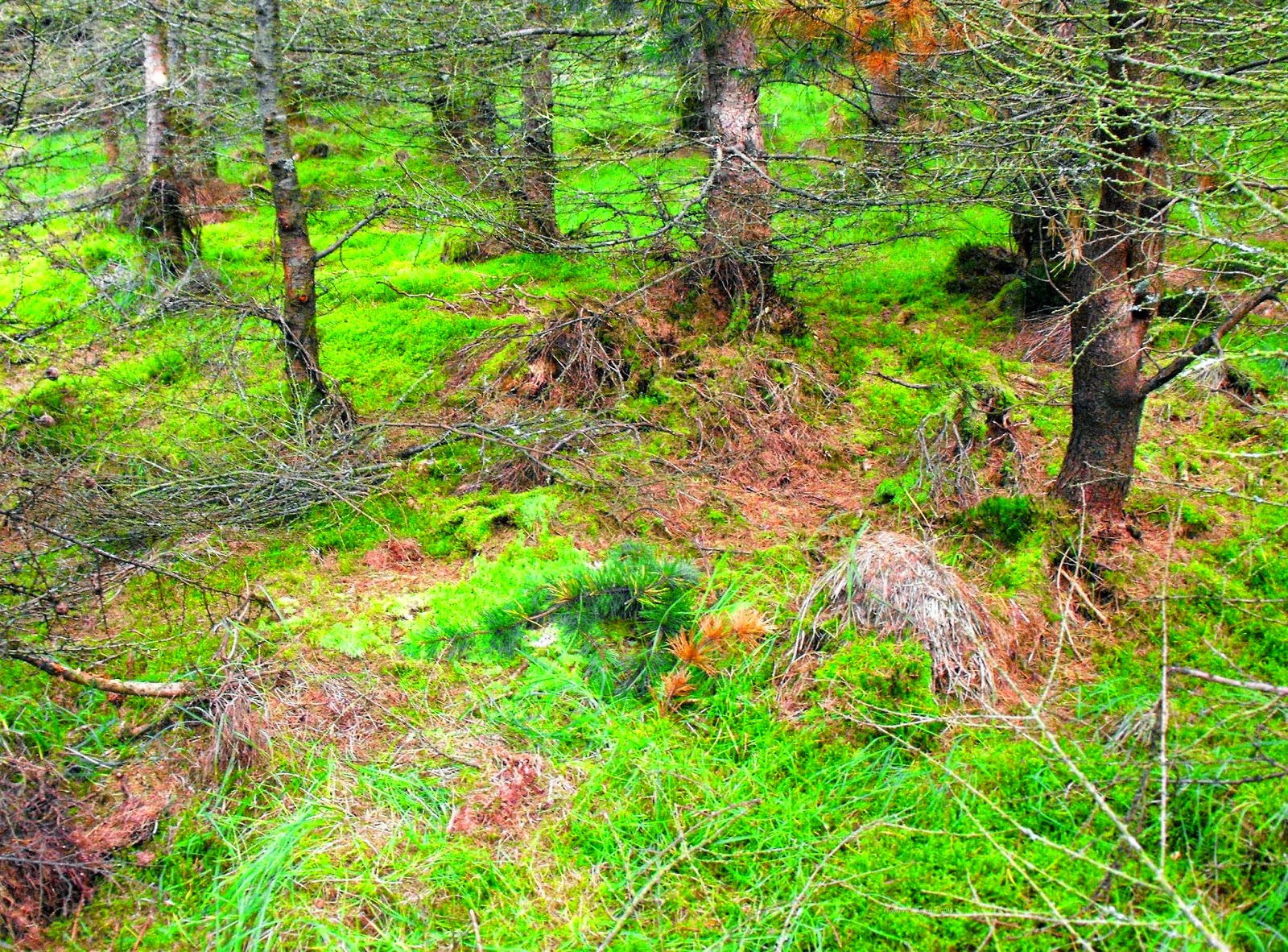The trail of the man accused of the murder of Elaine O'Hara, whose remains were found at Killakee in the Dublin mountains a year after she vanished has been delayed by two days.
Graham Dwyer is charged with murdering Ms O'Hara at Killakee, Rathfarnham, Dublin on August 22/2012.
A jury of seven men and five women has been sworn in to hear the
trial of architect Graham Dwyer for the murder of Ms O'Hara in August
2012.
TRIAL REPORT: LINKS:
www.irishtimes.com/news/crime-and-law/courts/criminal-court/graham-dwyer-trial-elaine-o-hara-told-her-father-a-married-foxrock-architect-tied-her-up-1.2077013
-----------
www.irishtimes.com/news/crime-and-law/courts/criminal-court/graham-dwyer-trial-my-urge-to-rape-stab-or-kill-is-huge-you-have-to-help-me-control-or-satisfy-it-1.2075399
Mr Dwyer, from Kerrymount Close in Foxrock in Dublin, has pleaded not guilty to the murder.
Ms O'Hara's remains were discovered on Kilakee Mountain in
Rathfarnham in Dublin on 13 September 2013, more than a year after she
was last seen.
The trial is expected to last six to eight weeks.
Mr Justice Tony Hunt told the jury members this looked likely to be a long and difficult case.
He warned them not to have their heads turned by external matters.
He said they did not need to look at court reports as they were in court and would hear everything that happened in court.
Opinion and colour pieces in the newspapers were valueless, he added.
He told them between now and the end of the trial, they should ignore all other opinions that they hear and see in the media.
They were the ones deciding the case, the judge said.
Judge Hunt said they should put aside any notions of sympathy and focus on the evidence.
He also told them not to discuss the particulars of the case with anyone else.
The jury members were previously told the case would be difficult for anyone who was particularly squeamish.
www.irishtimes.com/news/crime-and-law/graham-dwyre-trial-will-not-begin-until-thursday-1.2072415
Senior Prosecuting Counsel Sean Guerin is now due to outline the prosecution case to the jury on Thursday morning.
-----------
PREVIOUS RELATED ARTICLE:
THE prime suspect in the Elaine O'Hara sex game killing was
arrested in a
dawn raid at his plush home yesterday.
Detectives investigating the suspected brutal murder were last
night questioning a dad of two after they swooped on his property in
Foxrock at 6am.
The 41-year-old suspect was arrested and taken to Blackrock Garda
station where he is being questioned over the murder of the childcare
worker, whose body was found dumped in the Dublin mountains.
Detectives also carried out searches at the home he shares with his
wife and two young children where they removed his computer and
inspected his car.
A source said: "He was arrested during a dawn raid. He is the
father of two young children. By all accounts he is seen by the outside
world as a very happily married man.
"He works as a partner for a well-known Dublin-based firm. He
is by no means the kind of person you would imagine to be arrested for
murder.
"His arrest must have come as a terrible shock to those who
know him."
The raid on the suspect's home was ordered after gardai
trawled through murdered Ms O'Hara's phone and internet
records.
Tech-savvy officers have examined the suspect's phone and now
believe he was in regular contact with Ms O'Hara shortly before her
disappearance.
He was previously questioned by gardai but it is believed gardai
identified discrepancies in his story. The source said: "It's
believed he had met Ms O'Hara on a number of occasions.
"There were a number of contacts made between him and Ms
O'Hara by both phone and email. The man in question was interviewed
by gardai a while ago but his account of events on the dates of Ms
O'Hara's disappearance and afterwards did not match up.
"When gardai crossreferenced what he had told them with his
phone records there were a number of inconsistencies in his story."
The Irish Mirror has learned the suspect had been admitted to a
psychiatric hospital following the discovery of Ms O'Hara's
remains and gardai had to wait for clearance from doctors before they
could arrest him.
He is being held at Blackrock Garda station under Section Four of
the Criminal Justice Act and can be questioned for up to 24 hours.
Another source said: "This man was admitted to St John of
God's psychiatric hospital shortly after Ms O'Hara's
discovery where he was treated for mental health issues.
"Gardai were keen to question him further about the murder but
wanted to wait until he was released."
Ms O'Hara disappeared on August 22, 2012, after visiting her
mother's grave in Shanganagh cemetery, South Dublin.
Some of her remains were discovered 13 months later at Kilakee
Mountain, Rathfarnham and a full-scale murder probe was launched from
Blackrock Garda station.
Coincidentally, the 36-year-old's bag and a number of bondage
items had been discovered in a dried reservoir three days earlier.
Gardai believe she came in contact with her killer on a popular
fetish website and the pair had met up a number of times before she
vanished.
Ms O'Hara's mother died in March 2002, aged just 52, and
the death rocked their entire family.
Elaine was released from hospital where she was being treated for
depression just a day before her disappearance.
Her Fiat Punto was found there two days after she vanished, leading
gardai to speculate she didn't travel to
Roundwood alone.
Gardai initially believed Elaine's death was a result of a
personal tragedy but last September 13 there was a major breakthrough in
the case when a woman out walking her dog discovered part of her
remains. A
tibia and a fibia, a
scapula, a fragment of pelvic bone and a
jawbone with some dental work were recovered in the search. Clothing was
also found scattered in the vicinity of s tp the bones, including a pink
sock, a size-six runner and a fragment of black
tracksuit bottom.
Dozens of families of missing women were contacted to warn them
about the discovery but it wasn't until September 17 that dental
records confirmed they were Elaine's.
Her dad Frank and siblings Ann, Frank Jnr and John were told the
news at their home in Killiney, South Dublin.
Her bones showed no sign of a stab or bullet injury and the
hyoid
bone - which is located in the neck and often breaks in
strangulation -
is missing.
One theory is that Elaine died during a violent sex game after
bondage materials, including hand and ankle cuffs and ropes, were
discovered dumped alongside Elaine's belongings 20km away from her
body.
The items were discovered in Vartry reservoir near Roundwood, Co
Wicklow three days before her remains were found.
Ms O'Hara was described by her family as a popular woman, but
was understood to have been vulnerable and had been treated in hospital
for depression.
She was also described as a trusted childcare assistant and worked
in a newsagents in Blackrock. On the day she went missing, she had
volunteered to work at the Tall Ships Festival in Dublin city centre.
The man who was arrested yesterday is an avid internet user and was
in regular contact with his pals on
social networking site Facebook in
recent days.
It is believed he is a successful professional who previously
graduated from the National University of Ireland.
Elaine's father Frank said he was aware of the arrest but
declined to comment further.
Her family have also been told they may have to wait several more
weeks before they can bury her.
Gardai have revealed a funeral service cannot be held until well
into November, due to ongoing searches of the area where Elaine's
remains were found.
Timeline of events after tragic care worker disappears
AUGUST 22, 2012
5.05pm: Elaine O'Hara is spotted near her apartment at
Belarmaine Plaza, Stepaside in Dublin.
On the same day at 6.15pm Elaine was seen close to a footbridge
which crosses the railway at Shanganagh Park in Shankill.
The site is a short distance from her mother Eileen's grave.
AUGUST 23, 2012
Elaine's father Frank reports her missing to Stepaside Garda
station.
AUGUST 24, 2012
3pm: The woman's car, a Fiat Punto with an 05 reg, is located
by gardai at Shanganagh cemetery in Shankill.
AUGUST 25, 2012
1.52pm: Gardai issue a nationwide appeal for help in locating
Elaine.
She is described as being 5ft 4ins, stockily built with
mousey brown hair.
SEPTEMBER 11, 2013
A caretaker discovers a bag in Knockraheen reservoir close to
Roundwood, Co Wicklow.
Inside he finds anklecuffs and handcuffs, other restraints and
Elaine's keys.
The bag is handed into gardai who log its discovery on the Pulse
system.
SEPTEMBER 13, 2013
7.30pm: A woman walking her dog in Killakee Mountain, Rathfarnham,
South Dublin, discovers skeletal remains.
Gardai are called.
SEPTEMBER 17, 2013
3.30pm: The remains are identified as Elaine's with the use of
dental analysis.
Blackrock gardai take control of the investigation.
YESTERDAY
A 41-year-old man is arrested in connection to Elaine's
murder.
His arrest must have come as a shock to those who knew him SOURCE
YESTERDAY 20km The distance away from Elaine's body in which her
belongings were found
--------
ENDS:
